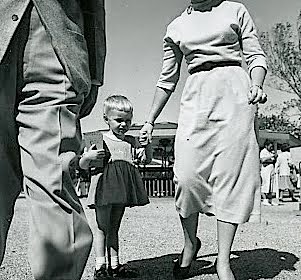
We covered a great deal of material very quickly in our last class. While we will always take time to "unpack" and discuss difficult or unfamiliar concepts in later classes, I also wanted to give you some follow up on the blog that may help as you reflect on the argument that systems of representation (languages) mediate our experience of the world. One of the most vivid examples of how central language is to our relation to the world is found in the strikingly different ways various languages conceptualize and divide the colour spectrum.
Quite possibly you have heard the old chestnut that the Eskimo (Inuit) "have hundreds of words for snow." This is not exactly true: Eskimo-Aleut languages have the same number of separate terms for snow as English, but languages in this group express a wide variety of differences in kind through the addition of suffixes. This allows for a single word to capture what is rendered in complete phrases in languages like English. Another polar group, the European Sami People, do however, have hundreds of words for snow.
"Hues and Views," an article published by the American Psychological Association, discusses recent work on colour and culture among the Himba tribe of Namibia. Researchers compared the acquisition of terms for colour among Himba and British children:
Across cultures, the children acquired color terms the same way: They gradually and with some effort moved from an uncategorized organization of color, based on a continuum of perceptual similarity, to structured categories that varied across languages and cultures. Over time, language wielded increasing influence on how children categorized and remembered colors.
In short, the range of stimuli that for Himba speakers comes to be categorized as "serandu" would be categorized in English as red, orange or pink. As another example, Himba children come to use one word, "zoozu," to embrace a variety of dark colors that English speakers would call dark blue, dark green, dark brown, dark purple, dark red or black.
In a test, Himba were able to very quickly point out the standout color below:

(Click here to see the RGB value for each square.)
However, the Himba had a much harder time pointing out the square that English speakers would categorize as a shade of blue:
 This is only one example, but as we proceed to inquire into Freudian concepts, we will continue to examine the fundamental role of representational systems--narratives--in human consciousness and experience.
This is only one example, but as we proceed to inquire into Freudian concepts, we will continue to examine the fundamental role of representational systems--narratives--in human consciousness and experience.


























































No comments:
Post a Comment